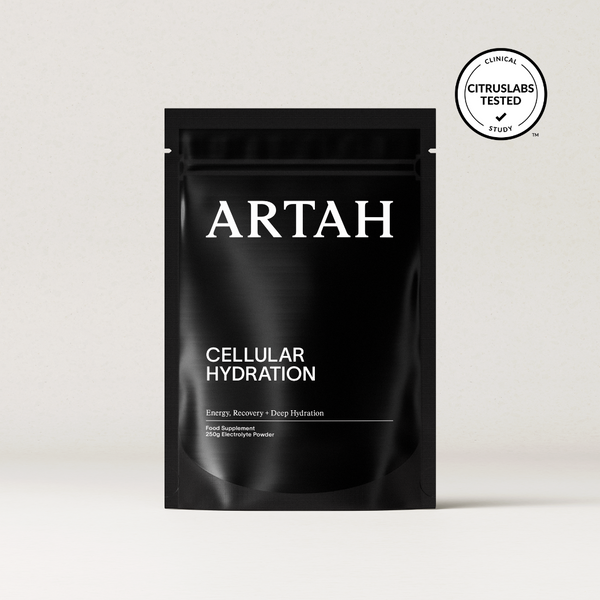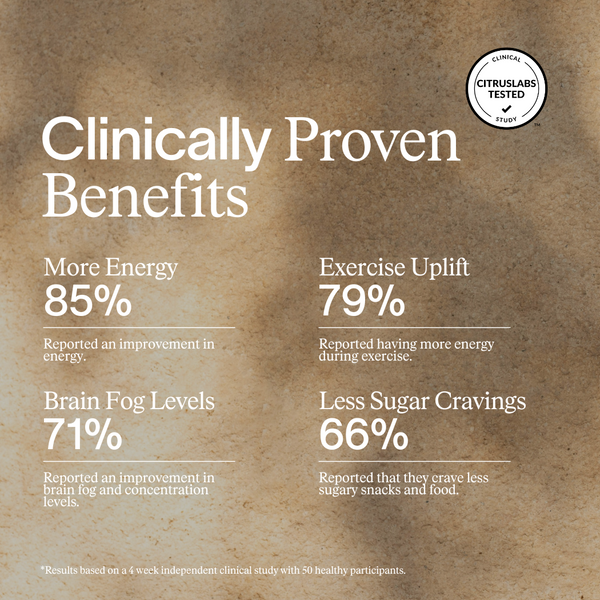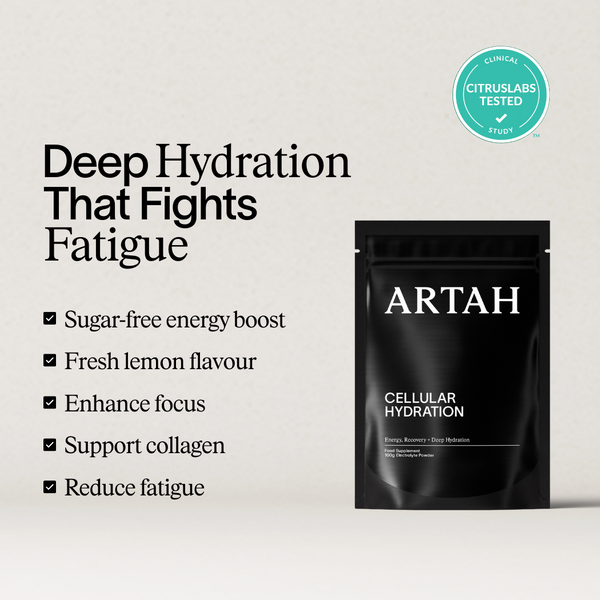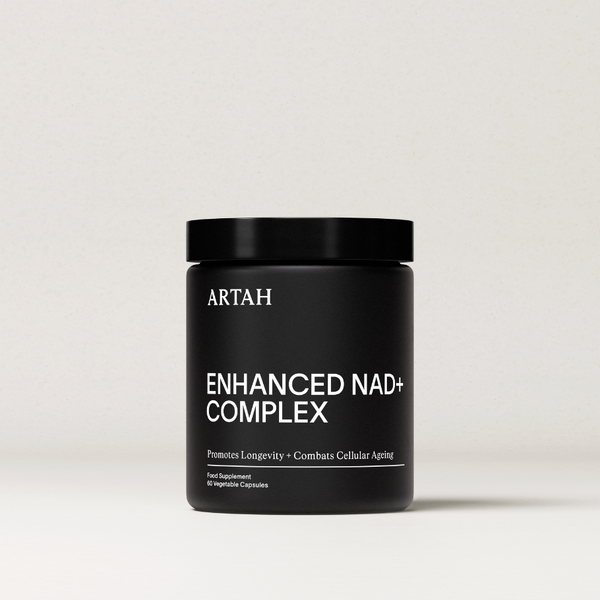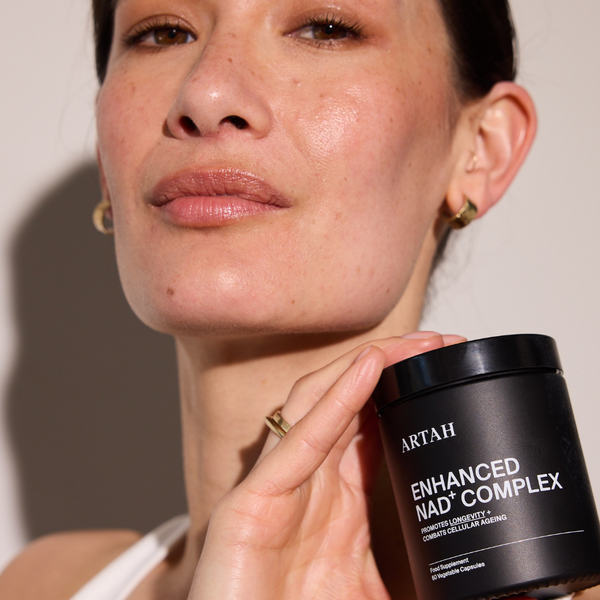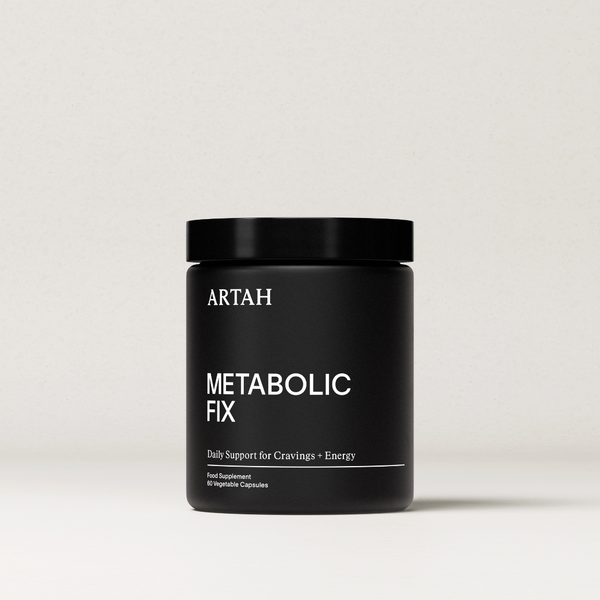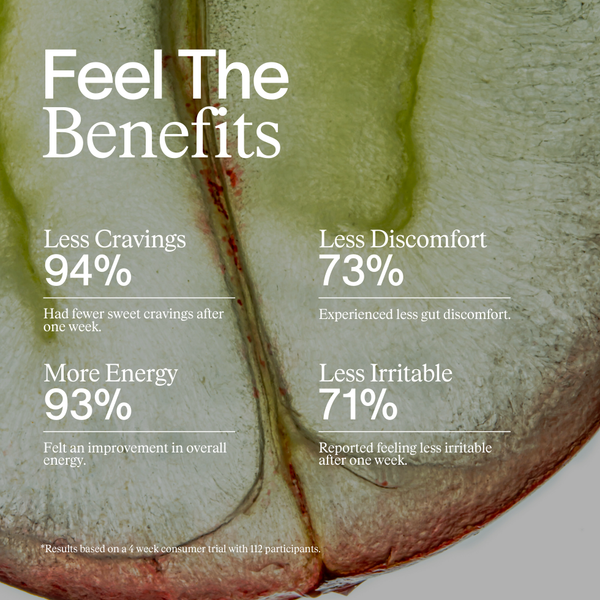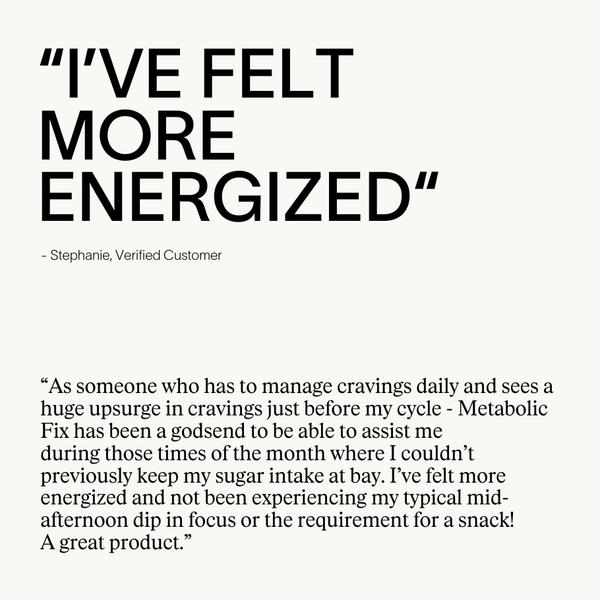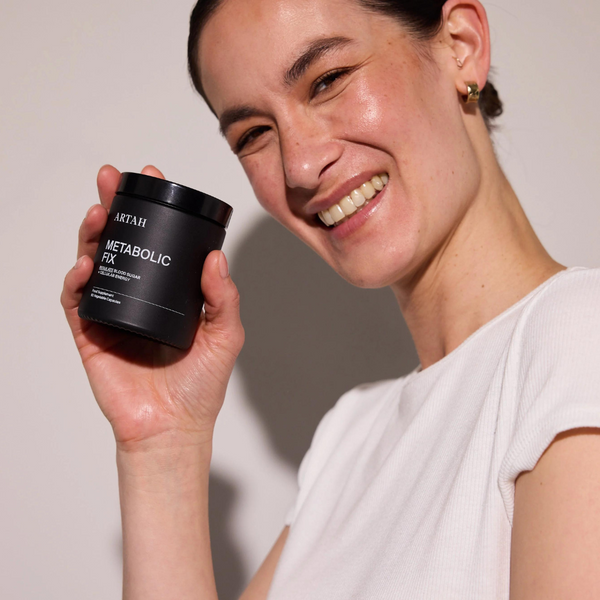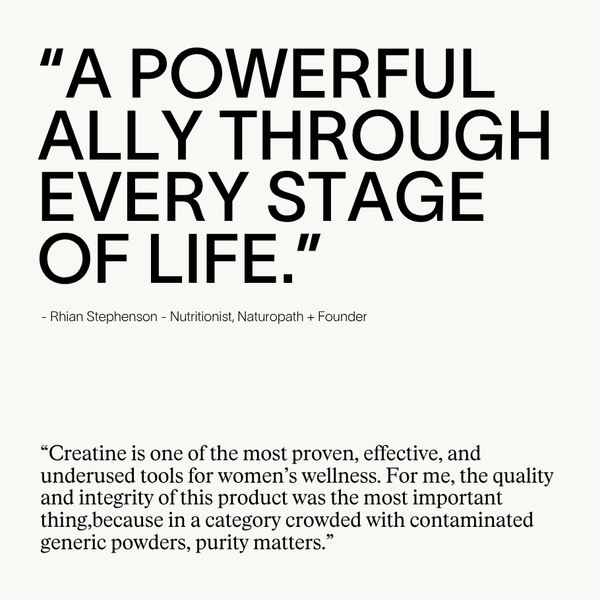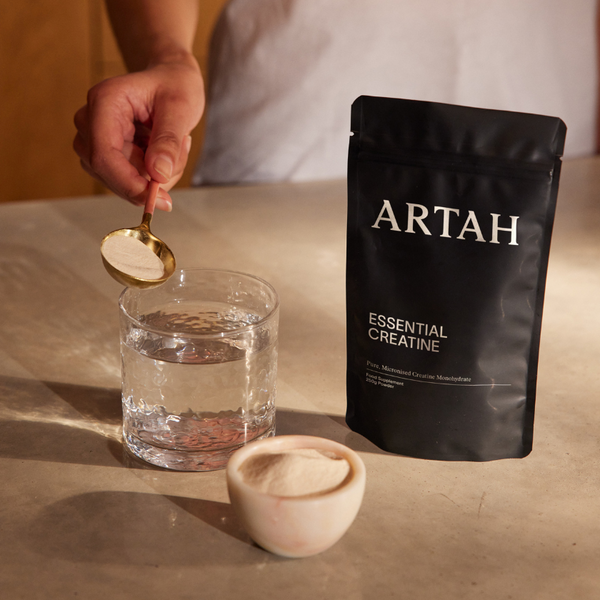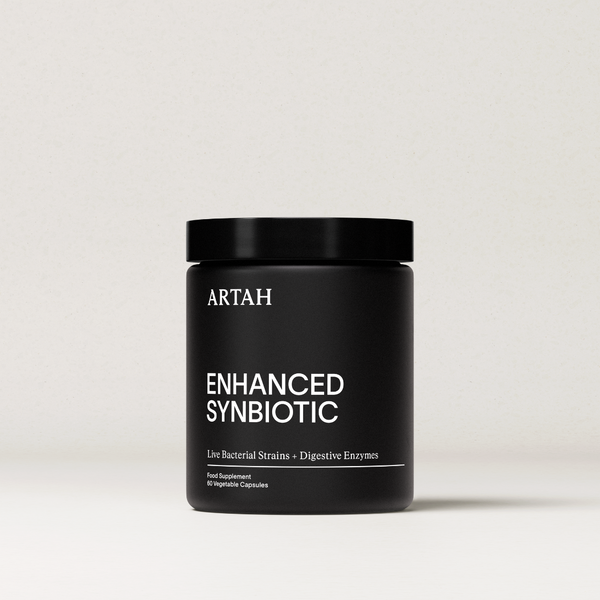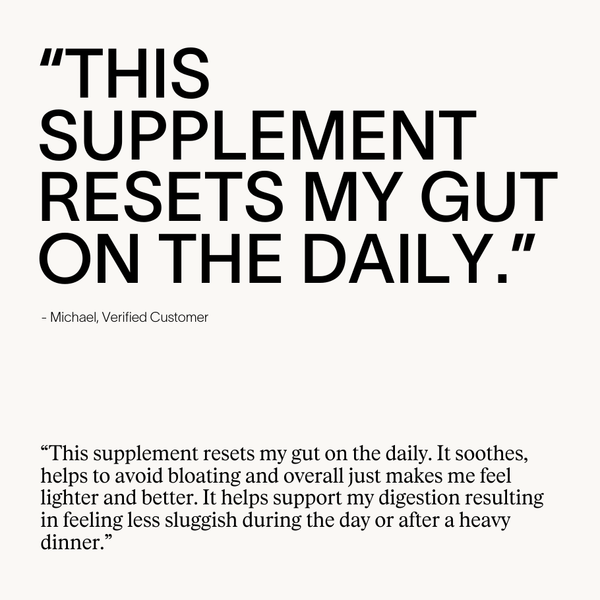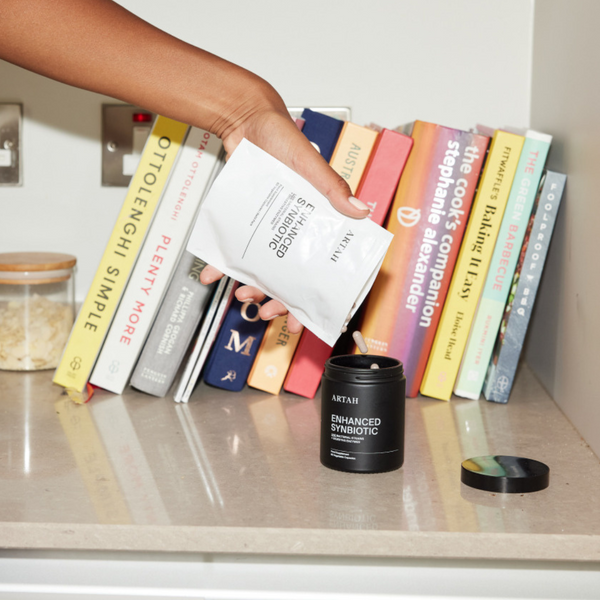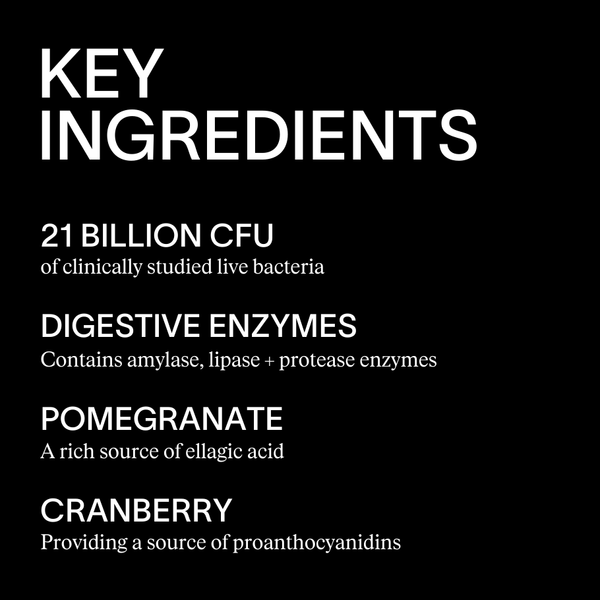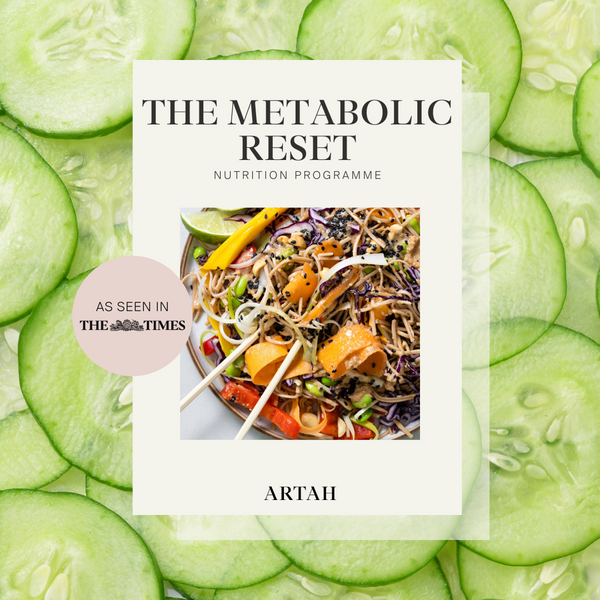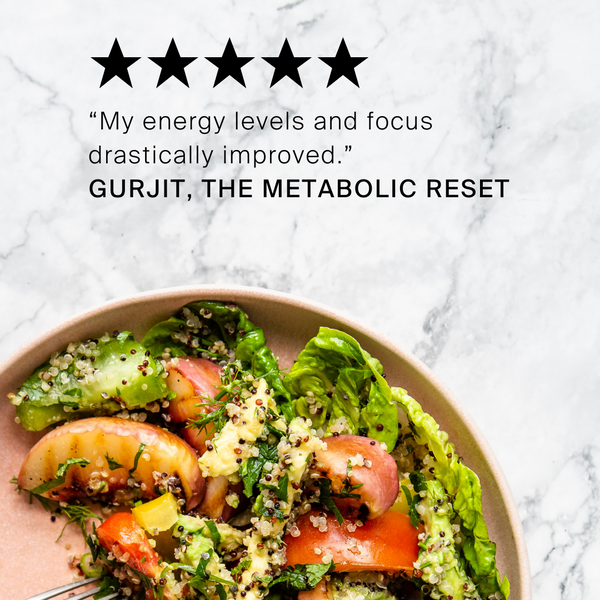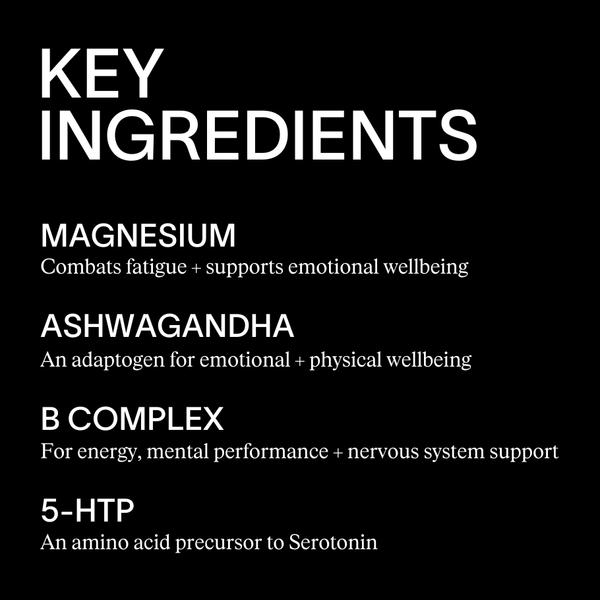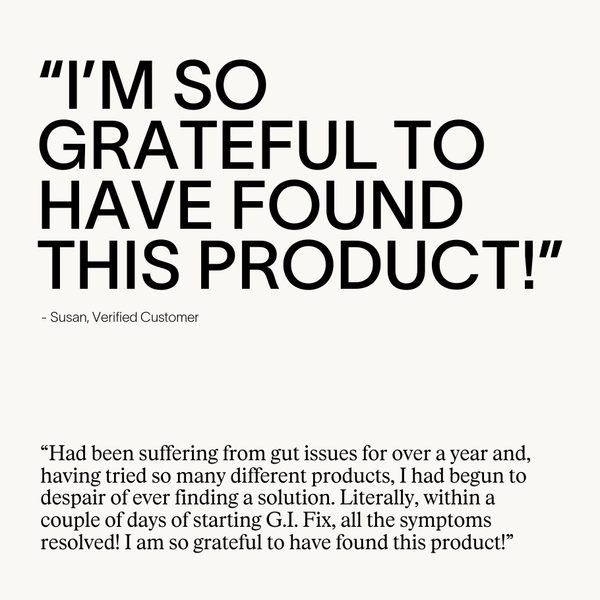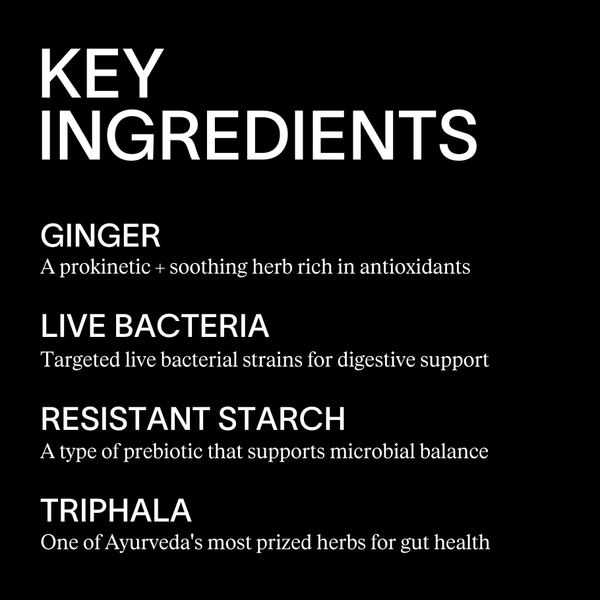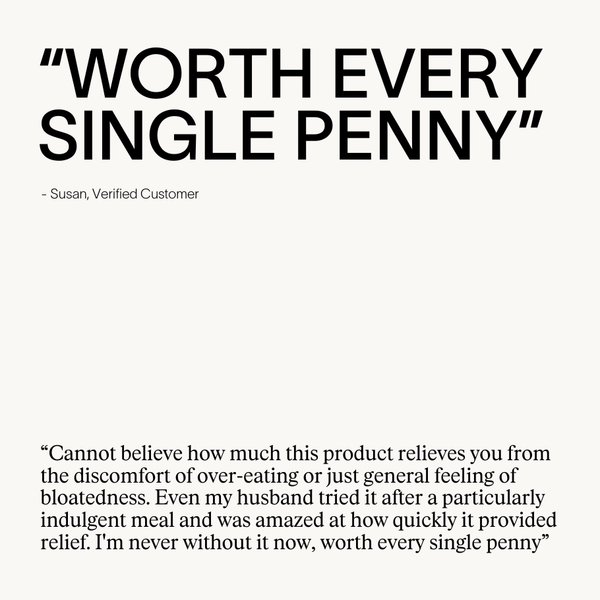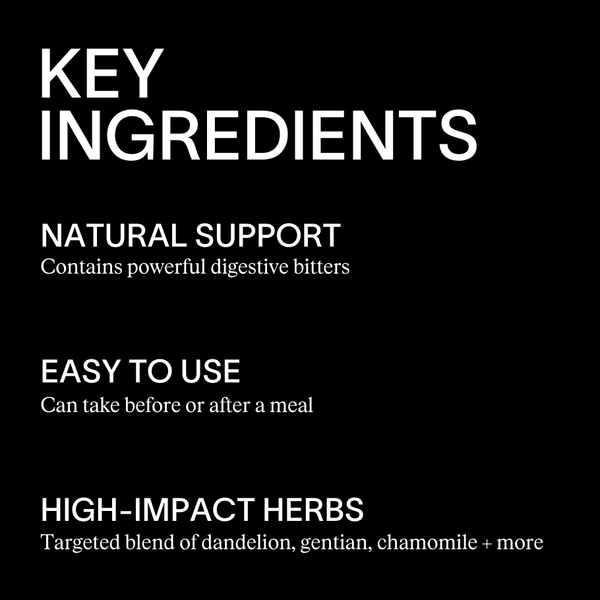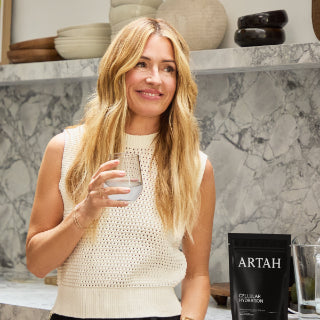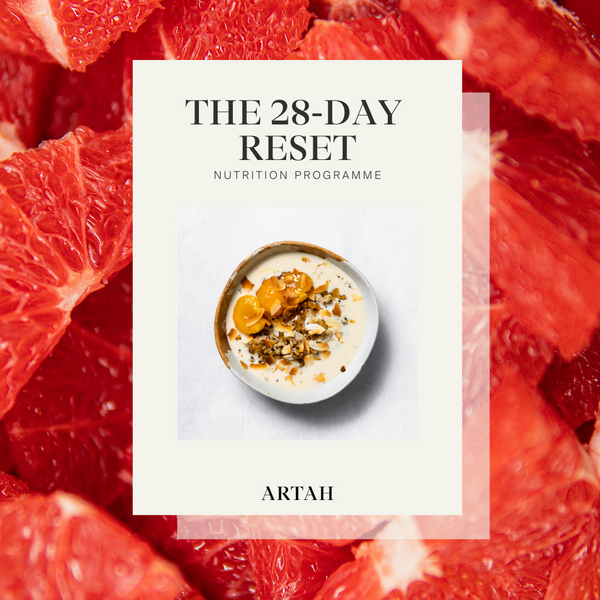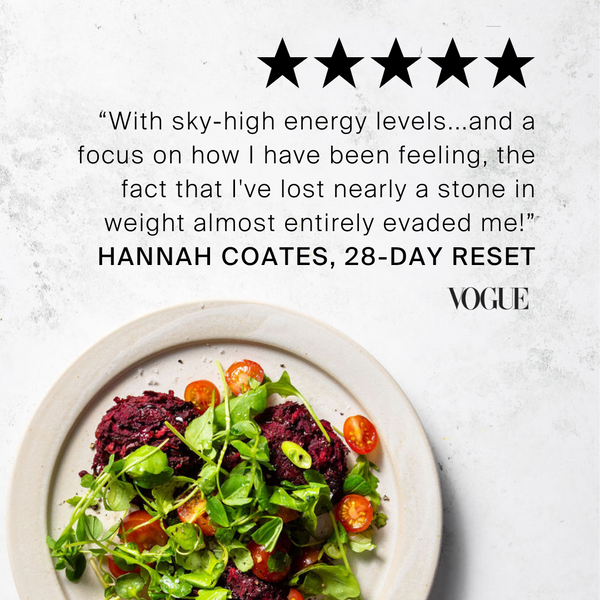Most of us are used to tracking our monthly cycle as a matter of planning, and perhaps, to explain why we may feel a surge of emotion out of nowhere. Whilst tuning in to those few days before we menstruate can be helpful, tuning into to our cycle as a whole offers a new opportunity for optimisation. In essence, we can build upon the positive momentum of the follicular phase when we’re prone to feeling better and carry it into the luteal phase to help be more accepting of the changes that occur.
There are many distinct aspects of self-care that we can modify based on our biology, including exercise, supplements, and how we choose to interact with our environment. Nutrition, however, is undoubtably the most powerful. Aligning our nutrition to our monthly cycle can help ease symptoms of PMS, reduce pain, boost mood, and improve overall wellbeing; basically, it helps us get the most out of our biology. It also puts us into a whole new mindset, one where we’re on the front foot, and rejects the notion that our bodies are unpredictable and unreliable, which is a belief we are taught from a very young age. Cycle synching takes time, awareness, and experimentation, but the more you tune in, the more empowered you’ll feel. Here’s where to start.
First, get to know your WHOLE month.
If you’re someone who’s only ever tracked symptoms of PMS and timing of menstruation, the first step is to observe your month as a whole. From day 1, notice how your energy, appetite, and overall disposition shifts. You should also pay attention to any changes in your physical body, sleep, digestion, and exercise tolerance. Finally, as you move out of your bleed week, you can also pay attention to things like strength, confidence, appetite, libido and cervical mucous to help you notice the overall patterns and how they relate to hormone changes.
The only way to optimise your nutrition is to know what your starting point is, so it’s also a good idea to keep a light food diary so to track how you eat throughout your month. It’s helpful to do this for the first month without making any changes, however, if you’re really struggling with mood, energy, and PMS, you can start making changes whenever you’d like.
THE FOLLICULAR PHASE: Days 1-14
The follicular phase starts on the first day of our bleed, when pregnancy the body resets and gets ready to start the ovulatory process again. Our hormones have reset to their baseline levels, except FSH, and will start to gradually rise leading up to ovulation.
Dominant hormones: oestrogen, testosterone.
Metabolic considerations:
- Oestrogen improves our sensitivity to insulin, having a balancing effect on blood sugar.
- Testosterone adds to this effect, and also makes it a good time to strength train. To match this, an increase in protein can be well tolerated.
- Serotonin peaks alongside oestrogen, making us feel calm, happy and outgoing.
- A surge in testosterone near ovulation gives our libido a boost.
- A loss of electrolytes during menstruation can impact energy.
How to eat:
- The first few days of our menstruation is a time to increase protein and fat to help support our brain as it deals with the drop in hormones. For anyone concerned with iron, this is also a good time to invest in good quality, grass fed organic beef or liver to help replenish iron and nutrient levels.
- During menstruation, it’s a good idea to re-mineralise by including seafood, kelp/seaweeds, or electrolytes.
- With more stability in our blood sugar and appetite, we’re able to handle lower carb or Intermittent Fasting practices without it feeling like a stress.
- Keep dietary fat intake steady and high quality; it’s essential for egg and embryo quality, as well as hormone production.
- If you’re focused on fertility, include nutrients that help follicular growth and development, including Omega 3 fatty acids, Zinc, Vitamin D, Antioxidants, and lots of fibre. Note: we can’t get adequate vitamin D from our diet alone.
- Fibre is always important, but especially for those who run a little more estrogen dominant (think cyclical acne, puffy face, tender breasts), fibre and the addition of fermented foods near the end of the follicular phase are particularly important.
OVULATION: days 14/15/16 (will vary by individual)
Dominant hormones: LH and Oestrogen
Metabolic Considerations:
- We’re continuing to ride the wave of serotonin and blood sugar balance, so many will be at their peak mood, energy and confidence.
- The LH surge that triggers ovulation raises our body temperature.
- During these few days, we start to see hormonal instability, meaning we can often feel a sharp change from one day to the next.
- If your oestrogen is relatively high, you may start to feel anxious and see signs of imbalance like a worsening of acne and a decreased libido.
- Ovulation is an inflammatory process, and it’s normal to feel pain, bloating and tenderness once ovulation has occurred.
How to eat:
- If you practice intermittent fasting, ovulation is the time to pair it back.
- We’re still quite insulin sensitive, so our need for carbohydrates is lower. It’s easy to feel satiated on lighter grains like quinoa or corn.
- In traditional medicines, this is a time to eat cooling foods to counteract the heat from the inflammatory process of ovulation; stick to nutrient-rich, cooling foods like red peppers, spinach, tomato, leafy greens, raspberries and strawberries. These foods also have fibre and flavonoids, which support detoxification pathways.
- The surge in oestrogen is good, but with oestrogen – we want to use it then lose it. It can be reabsorbed in the gut, so keeping our microbiome healthy and ensuring that our bowels are working properly are essential. If you tend towards constipation, it’s a good idea to really focus on this during the first half of your cycle; once we enter the luteal phase, progesterone slows down gut transit time, potentially worsening any issues. Focus on wild fermented foods, fibre, and pro-kinetic herbs like ginger, turmeric, dandelion, milk thistle, and digestive bitters.
The Luteal Phase: Days 15 onwards
During the luteal phase, we see a sharp drop in oestrogen countered by a steep rise in progesterone - hello immediate shift in mood. Oestrogen will rise again during this phase, however it is gradual and will not peak as in the follicular phase.
Dominant hormones: progesterone, with a secondary surge in oestrogen.
Metabolic considerations:
- In the luteal phase, we need more calories to meet our heightened metabolism.
- We also need more B Vitamins to pump up progesterone production and keep blood sugar in check.
- We’re using more of everything, including antioxidants, omega 3 fats, vitamins, minerals – you name it. Because of this, we commonly see a worsening of inflammatory conditions, like eczema, IBS, depression etc. right before menstruation and in the first few days.
- There's a depression in the immune system to prepare for fertilization.
- We have less control over blood sugar and changing hormones lead to sugar cravings. Paradoxically, increasing sugary foods only worsens symptoms of PMS, so the key is increasing carbohydrates that work for our body, like naturally sweet root vegetables and complex carbohydrate, slower metabolized grains like brown rice.
- We experience our lowest concentrations of serotonin in the luteal phase, making us prone to feeling sad, inward, teary, and craving sugar.
What to eat:
- Don’t be afraid of increasing calories in this phase. Trying to restrict even harder is an upward battle with our biology and will usually throw our appetite hormones into disarray. We can easily handle 200kcal more per day during this phase.
- Stock up on B Vitamins, especially mood stabilising Folate, Vitamin B6 and Vitamin B12. Think cooked leafy greens, beets, avocado, sunflower seeds, nuts, asparagus and spinach.
- Increase nourishing, whole grain carbohydrates like brown rice, millet and buckwheat. These will help stimulate serotonin production and help stabilise mood.
- Studies have shown that Calcium and Vitamin D help combat symptoms of PMS; so include tahini (one of the best sources), organic tofu, sardines, tahini, almonds, squash. If you eat dairy, lean towards goats and sheep milk varieties or fermented yogurt based dairy. If you suffer from acne, try to reduce or cut cow’s dairy and choose the plant based food options that are rich in calcium.
- Week four will be when we are least able to cope with dietary sources of inflammation – meaning alcohol, refined sugar, ultra-processed food and food chemicals like MSG.
- If breast pain and cramping are an issue for you, ver index on anti-inflammatory oils like Omega-3 and Essential GLA, which can help reduce inflammatory prostaglandins.
The beauty of these changes is that they help us live more in sync with what is already happening in our biochemical environment. If our hormones are changing constantly, it makes sense that our diet should too.
SUPPLEMENTAL SUPPORT
For the microbiome: Enhanced Probiotic
For roller-coaster cycles: The PMS Set
For cramps and painful periods: Essental GLA
For general hormone and ovulatory support: Essential D3/K2, Essential Omegas
